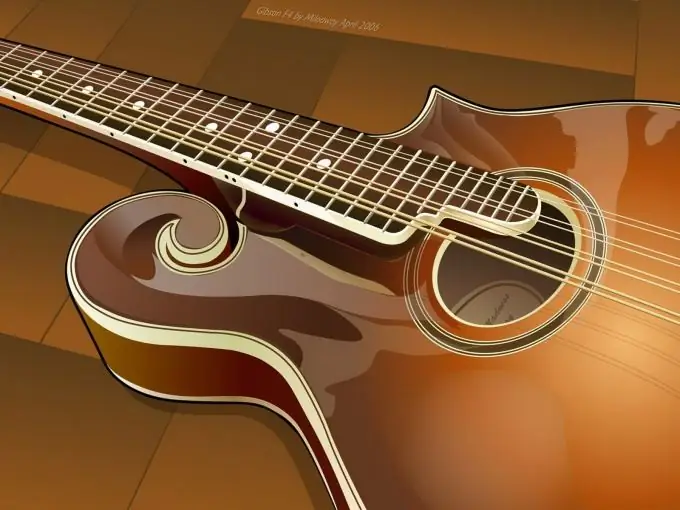For musicians playing string instruments, this question is far from idle. The strength and clarity of the sound depends on the correctness of pressing the strings of a guitar, balalaika, mandolin or violin, which is a determining factor when performing a piece of music.

Instructions
Step 1
So, for example, if you started to master the technique of playing the guitar, then grab the neck with your left hand from below, while resting your thumb on its back side. The fingers of the left hand - the index, middle, ring and little fingers each have their own numbers, respectively 1, 2, 3 and 4. The position of the entire hand in relation to the frets is called the word "position". If during the performance of a piece of music the guitarist clamps one of the strings with the second finger at the V fret, then we can safely say that the hand is in the V position.
Step 2
Use your fingertips to clamp the strings individually. But there is a "barre" trick in playing the guitar, in which with your index finger you can simultaneously press several strings flat or all the strings. Depending on this, the barre can be full or small.
Step 3
When playing, keep the fingers of your left hand in a bent state, do not bend your fingers at the joints. It is allowed to bend the index finger, and even then when you need to press two or three strings at the same time. The thumb does not participate in the game, and it is practically invisible, but it performs a very important function - it serves as a support for the "playing" fingers.
Step 4
When playing, press the strings next to the frets - metal plates, but do not move them to the side.
Step 5
The main technique for making a sound on a guitar is with a pluck, which is more like hitting the strings with your fingertips. The thumb of the right hand pinches away from itself, and the rest of the fingers pinch towards itself. Place your finger perpendicular to the string before making a sound. This position provides a great impact force and richness of overtones upon contact. The sound is produced on the string from the stand to the neck. If you play a sound with constant force and at the same time move your hand from the stand to the neck, you will surely notice how the timbre of the instrument will change.






